Description
After the death of Alfonso, the battler without offspring, the separation of the kingdoms of Aragon and Navarra occurs. Alfonso leaves his kingdom in military orders, but the Aragonese nobility chooses his brother Ramiro as king of Aragon, and the Navarrese to García Ramírez as king of Navarra. Ramiro, at that time Bishop of Barbastro, takes over the government and marries to ensure an heir. After ruling out the union with León, he decided to marry his daughter Petronila (one year old), with Count Ramón Berenguer IV of Barcelona. After this, Ramiro returned to ecclesiastical life, leaving in fact the exercise of power. The son of Petronila and Ramón Berenguer IV, Alfonso II of Aragon, will be the first effective king of the New Kingdom, with two different orientations and concerns. On the one hand, the kingdom of Aragon, competed with Castile for the advance towards the south, and on the other, Catalonia looked to the north, Occitania, and towards the Mediterranean. Alfonso II signed the Cazorla agreements, for which the Iberian kingdoms divided their areas of influence, and ensured Valencia, in exchange for renouncing Murcia. This agreement was necessary to make its priority effective, which, like his father, would be to enhance the control of Occitania, in struggle with the French kings. The Albigense Crusade in the 19th century, would limit the expansion in this area, to perish Pedro II in the conflict. Jaime I returned to an expansion stage, including most of the kingdom of Valencia, Ibiza and Mallorca. The Balearic Islands and some other enclaves were broken down as a vassal kingdom in favor of Jaime II, and thus remain until their new incorporation into the kingdom of Aragon in 1349. In 1282, the Sicilians rose against Angevino control, and Pedro III married to Constance Hohestauffen, went to the call. The King”s excommunication for the Pope, caused a strengthening of the nobility, known with the union of Aragon, which would limit real power a lot. In 1324, the Aragonese, with the papal favor, also begin to invade the Pisanan settlements in Sardinia. In 1347 they would go into war with Genoa who controlled the north of the island. The Court of Arborea was more difficult to submit, and therefore, the island as a whole would not be controlled until 1420. The Greek possessions of Athens and Neopatria were lost in 1388 in favor of the Florentines, and Sicily remained independent from Martin I, but the kingdom of Napolés entered the orbit with the conquest of Alfonso VI in 1442. The maritime possessions of the kingdom were Controlled through local elites, being actually more economic possessions than really political. In 1410, Martín I died without offspring and in Caspe”s commitment, Fernando de Antequera was chosen as king, which already meant that he would eventually imply the proximity to Castile. This would happen with the son of Fernando II and Isabel de Castilla, Carlos I who would inherit all the possessions of his parents and grandparents, including the kingdom of Aragon in 1516.


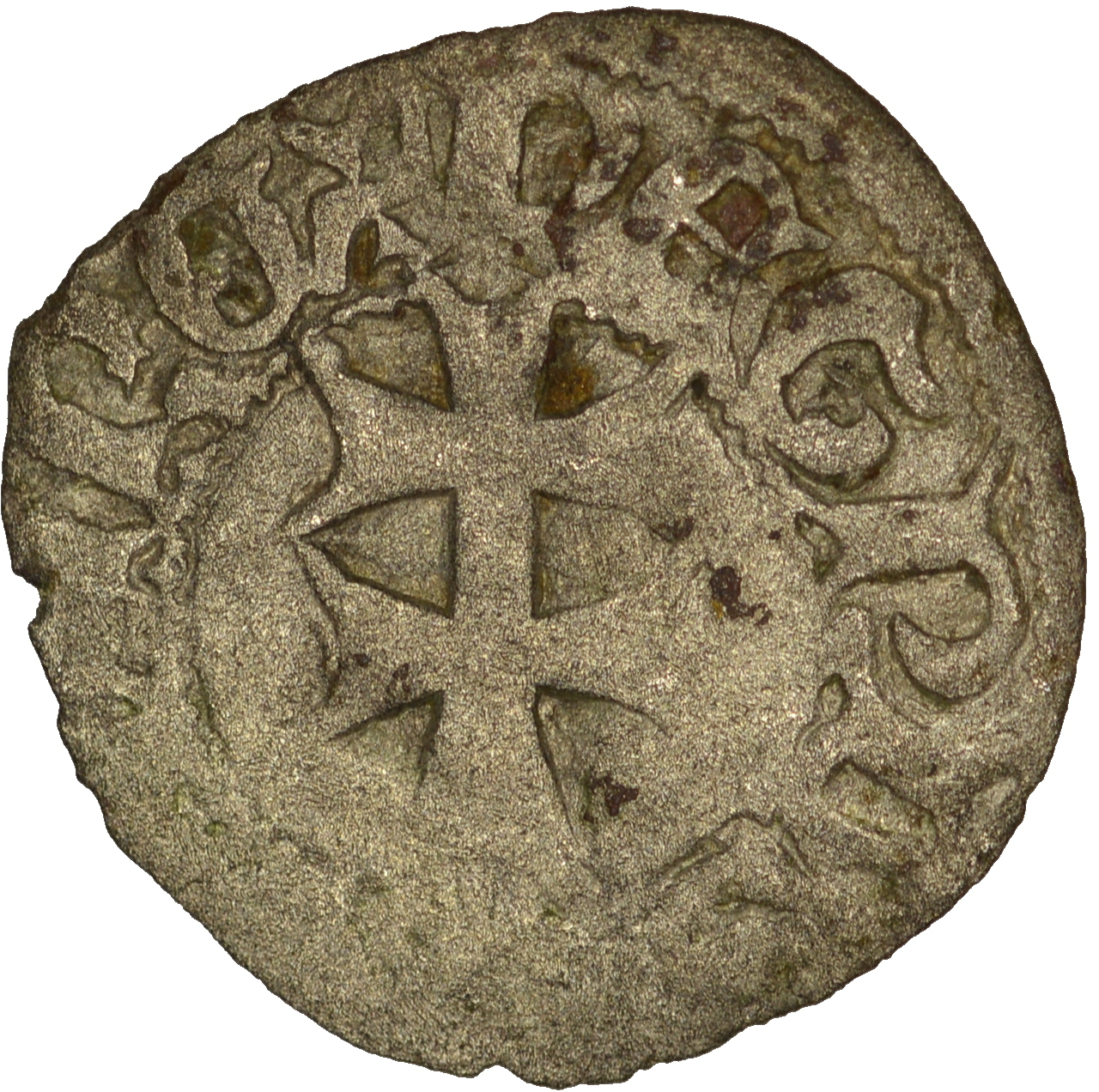
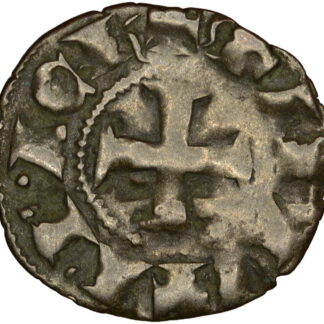
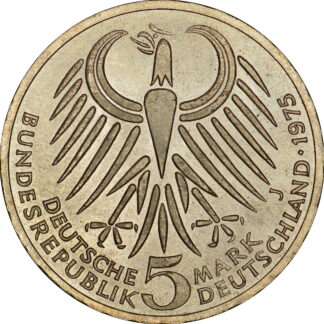
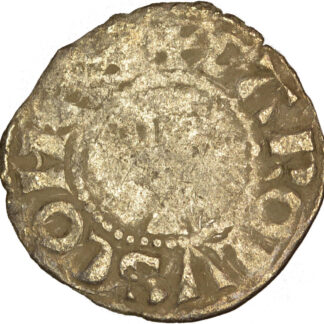
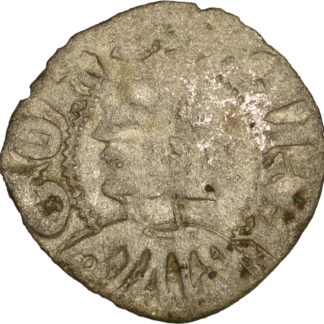
Reviews
There are no reviews yet.